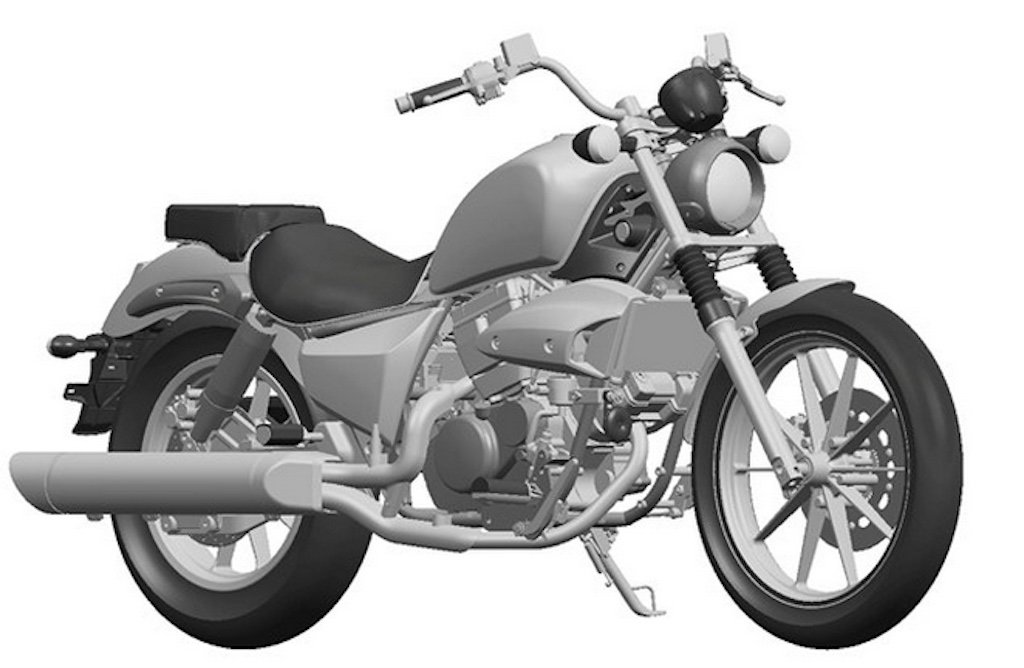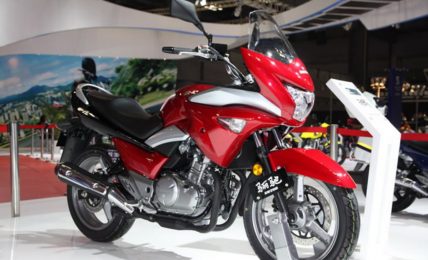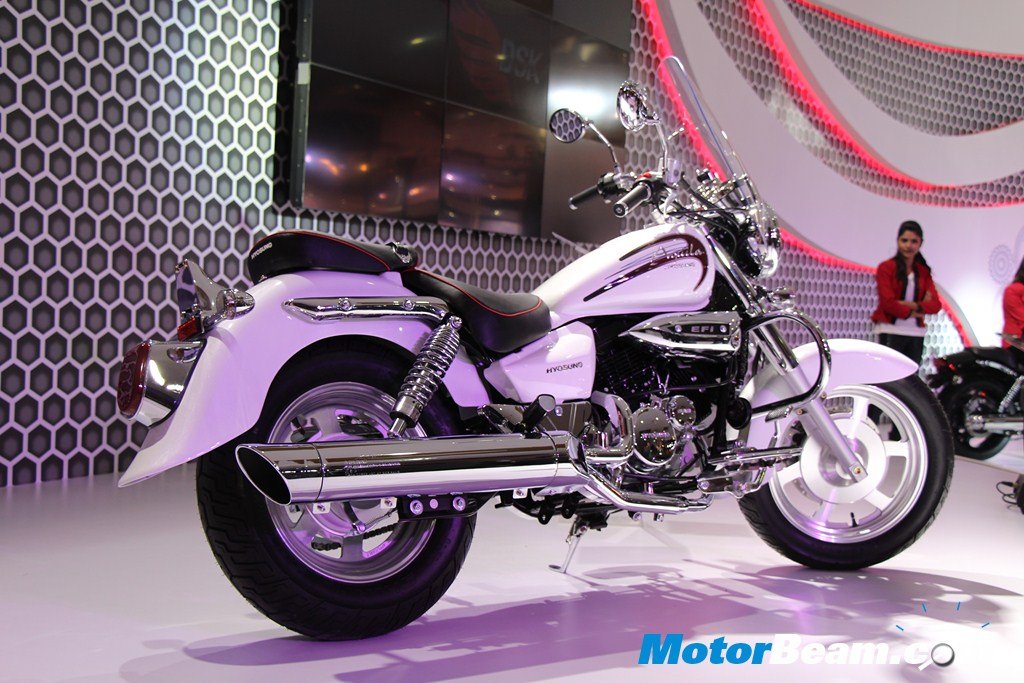Text – Faisal Khan; Pictures – Om Vaikul
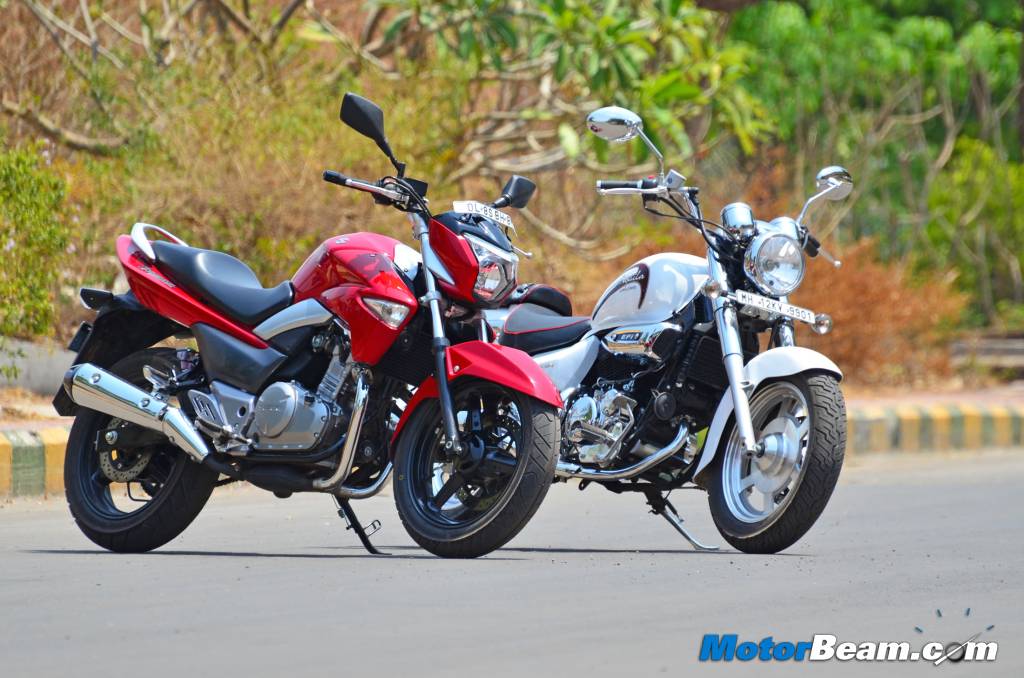
Shootout – Hyosung Aquila 250 vs Suzuki Inazuma
Price OTR Mumbai: Rs. 3.11 lakhs (Hyosung Aquila 250), Rs. 2.45 lakhs (Suzuki Inazuma)
Both the Aquila 250 and Inazuma are very similar bikes yet poles apart to each other.
Motorcycling can be enjoyed in multiple vivid flavours, some like it fast, gunning down every possible tarmac with their right wrist being twisted as far as possible while there are others who like to take things a bit sedately. It won’t be wrong to put the latter kind of people into the cruiser loving category, after all, for them biking is about comfort over everything else. Sadly in India the term comfort has become a misnomer for cruiser bikes from Royal Enfield and Harley-Davidson, both coming with multiple compromises in quality and features. But now there are two alternatives, both being launched this year itself. Both bikes employ a 250cc, twin-cylinder heart with 22 Nm of torque to boot. From the land of the rising sun, the bike which is named after Thunder, the Suzuki Inazuma. While at the other end we have a bike which has an ancestral connection with the Japanese, the Hyosung Aquila 250. Both these bikes are made to munch miles yet neither are they typical cruisers of yore. So which is the one we would pick?
Motor Quest: Hyosung ventured into the 2-wheeler industry when it started making Suzuki motorcycles under license in 1979. That is the reason why we see some Suzuki influence in most of the Hyosung bikes.
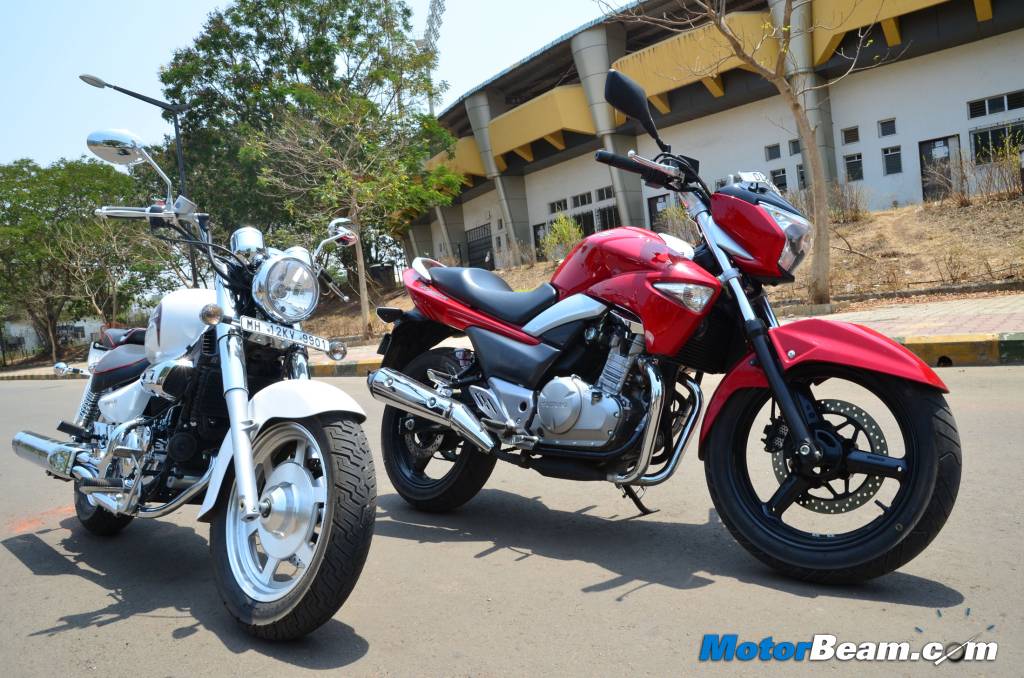
Styling – Cruisers are meant to have massive presence on the road but here we have a typical cruiser in the form of the Hyosung Aquila 250 and a not so conventional looking cruiser in the Suzuki Inazuma. Either ways, most people are likely to find design attraction in the Hyosung as not only does it look more premium thanks to the extensive use of chrome but it also manages to look soothing to the eyes. With the Inazuma, you aren’t likely to give it a second glance and even the B-King inspired styling doesn’t do much to help its case. What goes against the Inazuma is its boring 3-spoke alloy wheels and hefty looks with little athleticism.
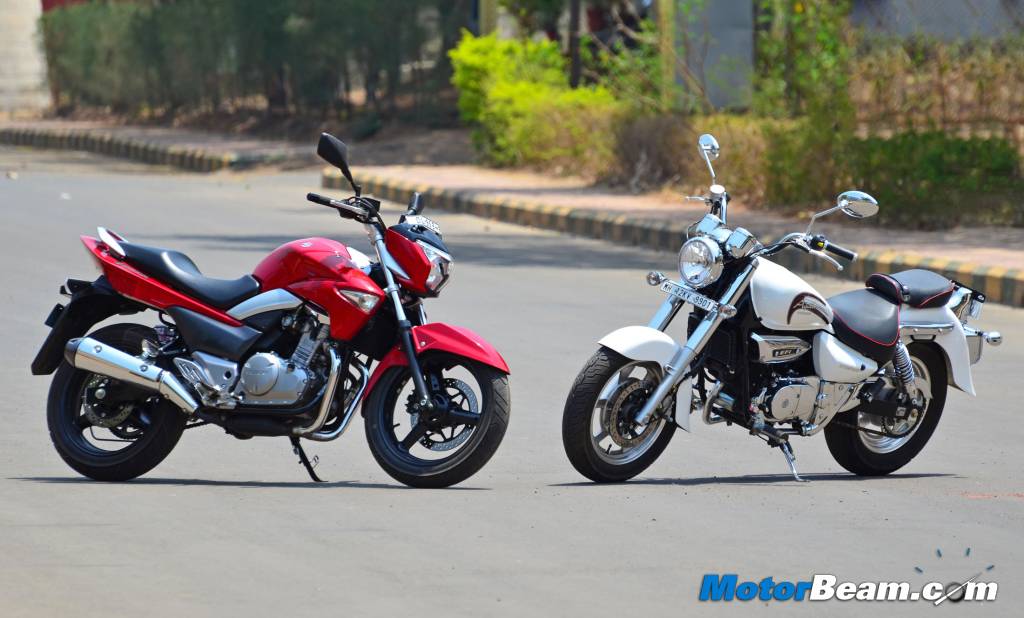
When we were riding both these bikes on the road, multiple people turned around to glance at the Aquila 250 and no one really bothered about the Suzuki. Where ever we stopped people inquired about the Hyosung’s pricing and performance while the Inazuma went unnoticed which is surprising considering there are very few on the road and thus some amount of interest should have been generated in this Japanese machine. That said, the Inazuma’s design does grow on you and it’s something which finds flavour with the more mature amongst us. But once parked next to the Aquila, it’s the Hyosung which out numbers the Inazuma when it comes to the crucial stares per minute equation.
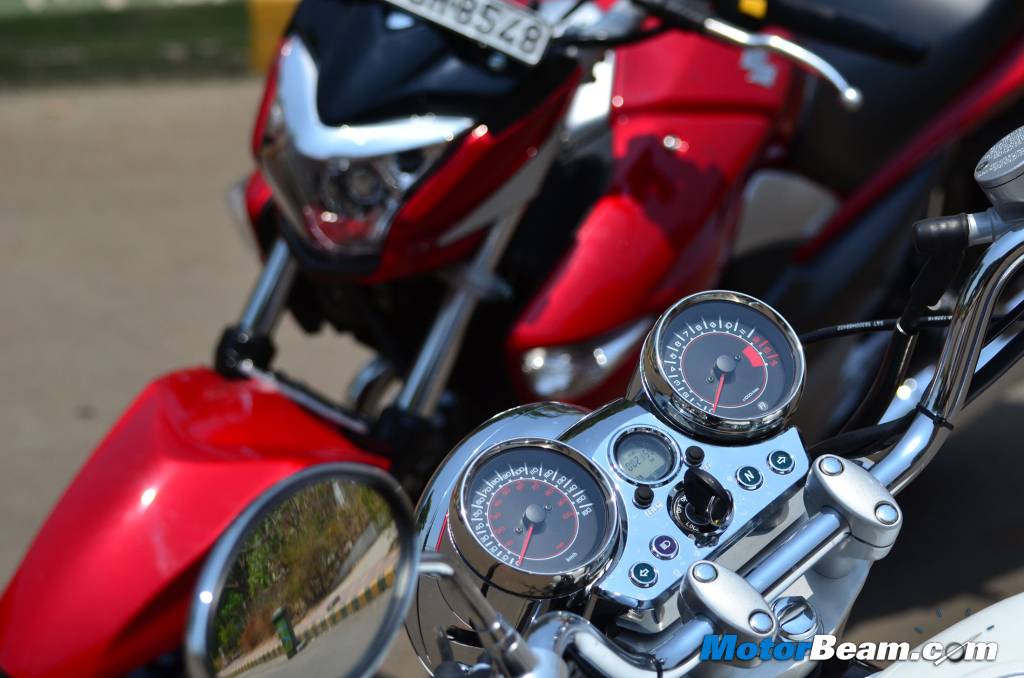
Instrument Cluster and Switch Gear – Both bikes come with the basic essentials in their instrument clusters but it’s the Hyosung which has a more appealing unit. The Inazuma’s cluster looks dated although it is very neatly laid out and easy to read on the go. The Aquila 250’s console is mostly analogue (there is a small digital display) but the fonts and colours are just right with the backlit in the night appears totally gorgeous. The chrome pods really amplify the appeal. Switch gear quality of the Hyosung is good but the Inazuma is simply better and the Suzuki also feels much solidly put together.
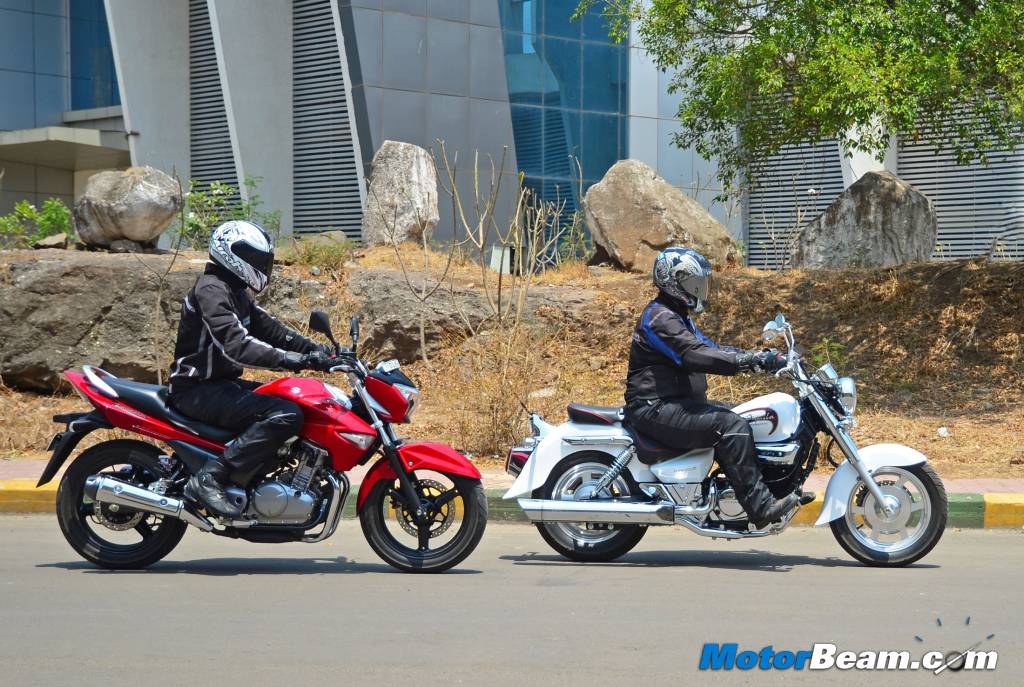
Ergonomics – Although both bikes are cruisers, the seating position is quite different. You do sit upright on both but its the placement of the footpegs which differ largely. The Aquila 250 has front set pegs while the Inazuma has rear set (not very rear set either). The Inazuma is the more comfortable bike to sit on and that is true even for the pillion as the grab rail is conventional and more practical compared to the strap offered on the Hyosung. You sit higher on the Inazuma too and your legs are more comfortable over long distances.
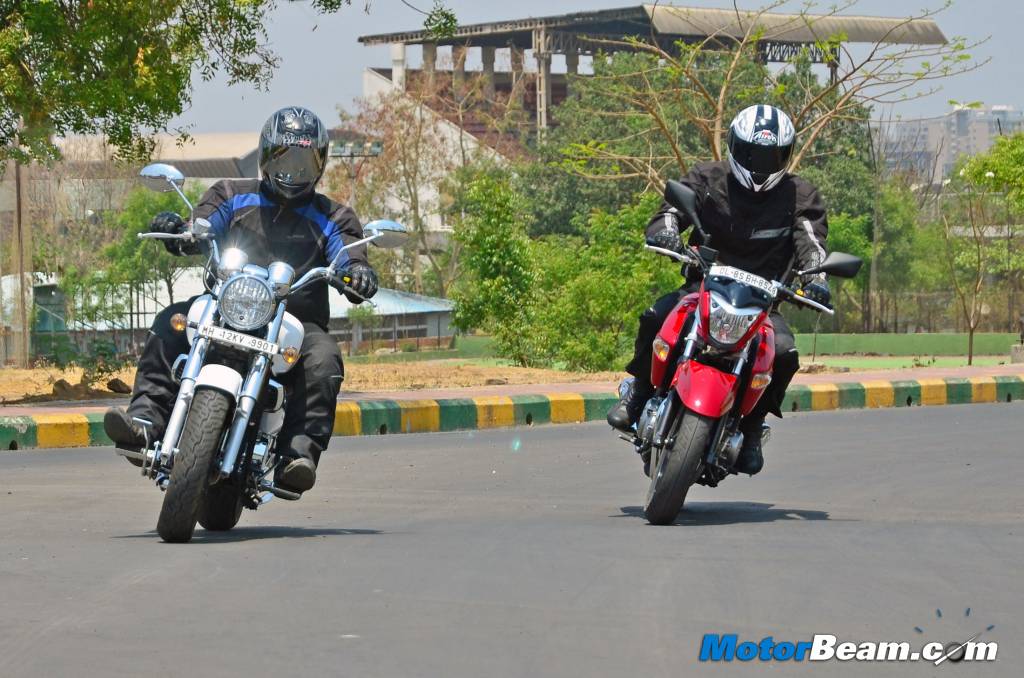
Performance and Gearbox – Both bikes are very similar when it comes to engines with gearing being on the taller side. Both use quarter-litre motors with the Aquila 250 producing more power (26.21 BHP against the Inazuma’s 24 HP) while the Inazuma produces marginally more torque (22 Nm against the Aquila’s 21.37 Nm). While the Aquila is air and oil-cooled, the Inazuma is liquid-cooled and that’s not where the similarities end because the Hyosung uses a V-Twin setup while Suzuki uses a parallel-twin layout. Start both engines and there is a world of a difference. No prizes for guessing it’s the Suzuki mill which has the upper hand here with absolutely no flaws anywhere in the whole powerband.
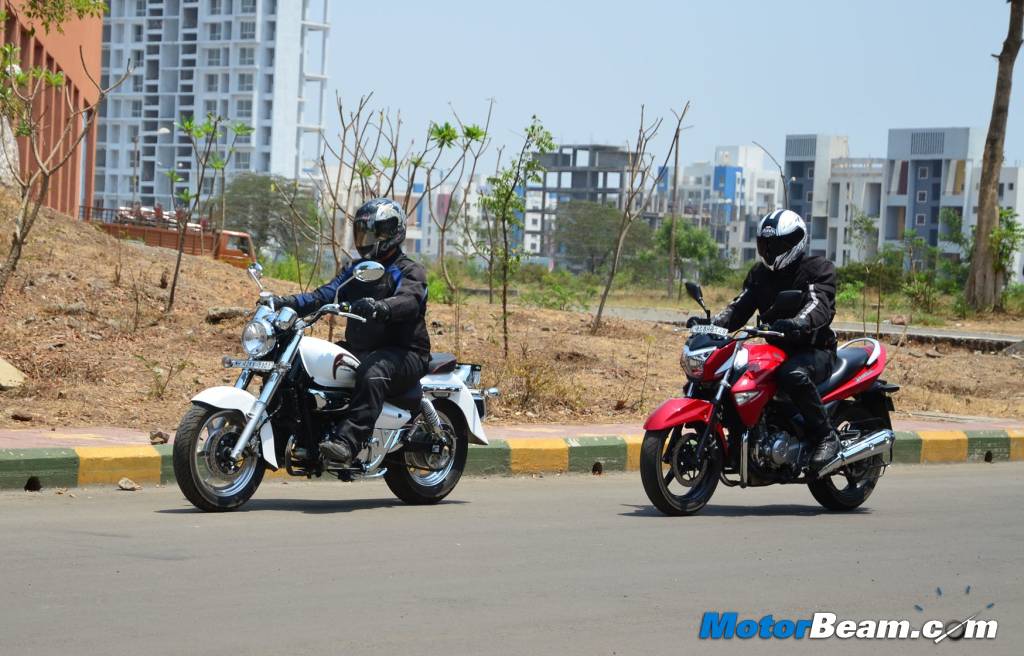
The Aquila 250 has good performance and although it has a wide powerband, it is limited by being good mostly in the mid-range (the low end has snatchy fuelling while the top end lacks refinement and produces plenty of vibes). In contrast, the Suzuki Inazuma feels extremely refined right from onset and also has a terrific powerband with all low, mid and top-end power delivery being smooth and full of performance. Vibrations are well ironed out and NVH levels are good but the parallel-twin unit does scream in a nice way at high RPMs. It also redlines way more smoothly than the Aquila 250 while also being slightly more efficient (the Inazuma will return 3-5 km/l more mileage than the Hyosung). The Inazuma’s 6-speed gearbox is butter smooth while the 5-speed transmission in the Aquila is a bit on the notchy side. The Suzuki is the clear winner in this department as not only is its engine smoother and better, it also makes the Inazuma the quicker and faster bike here.
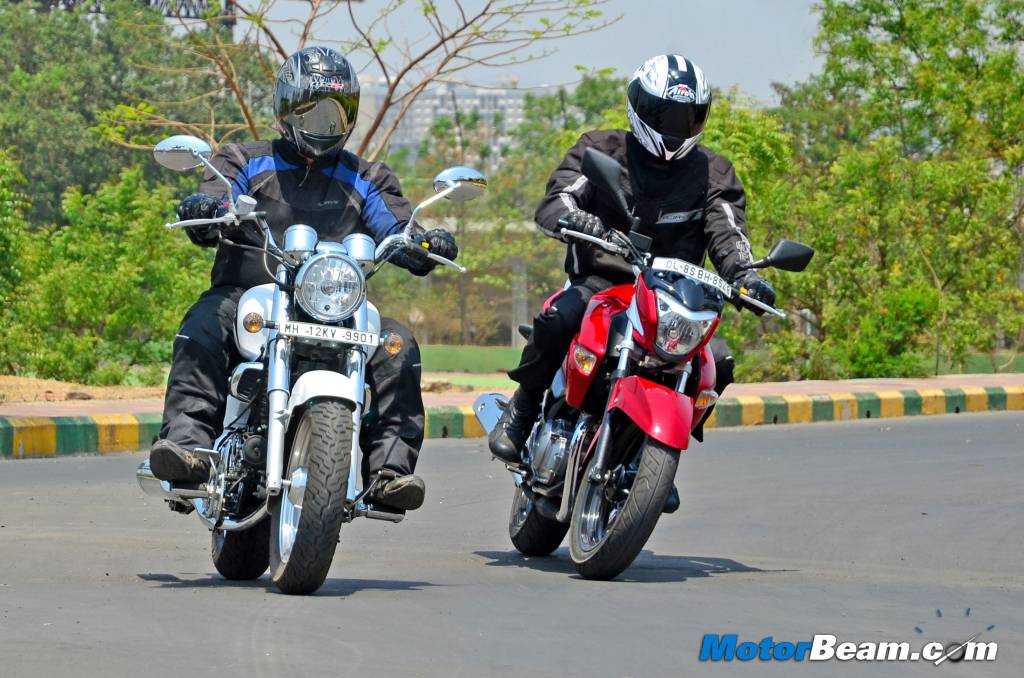
Riding Dynamics – Contrary to what might appear, the Suzuki Inazuma is the heavier bike here, weighing in at 183 kgs, against the Hyosung Aquila 250’s 167 kg weight. Both bikes use a double cradle frame but handle differently. The Inazuma is the better handler and that’s largely because of the steering, which although feels heavy, is a bit more direct in feel than the Hyosung’s. The Inazuma is also the more stable bike of the two and remains glued to the road at high speeds. The Hyosung is easier to manoeuvre at slow speeds as the lower weight at the front does make it a breeze to handle city duties. That said, the Inazuma clearly trumps the Aquila in the handling department.
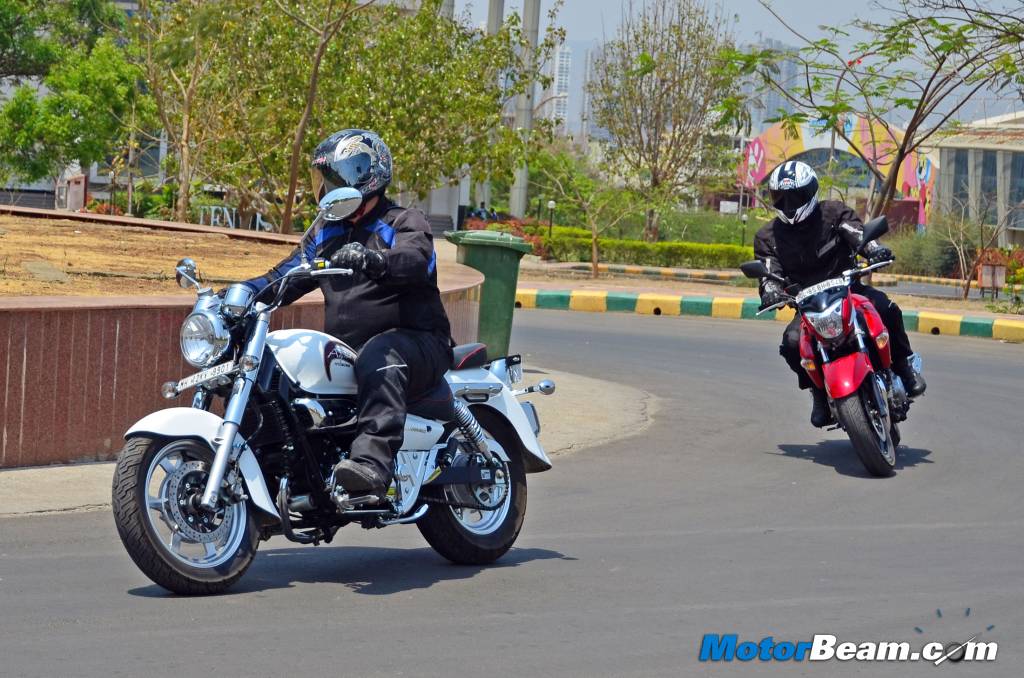
When you have a cruiser bike, you want to go places and that can involve a mix of road conditions. The Hyosung Aquila suffers from a stiffly sprung suspension which takes a toll on ride quality. The Suzuki Inazuma has a very well setup suspension and the long travel allows for an excellent ride quality. In fact the ride quality is so good that not only does it trump the Aquila 250, it also betters many other more expensive bikes which can’t match the pliantness and composure of the Suzuki over bad roads. It also has the better brakes (rear disc being standard which is absent on the Hyosung) but neither bikes will get applause for their braking performance as neither offer excellent stopping power.
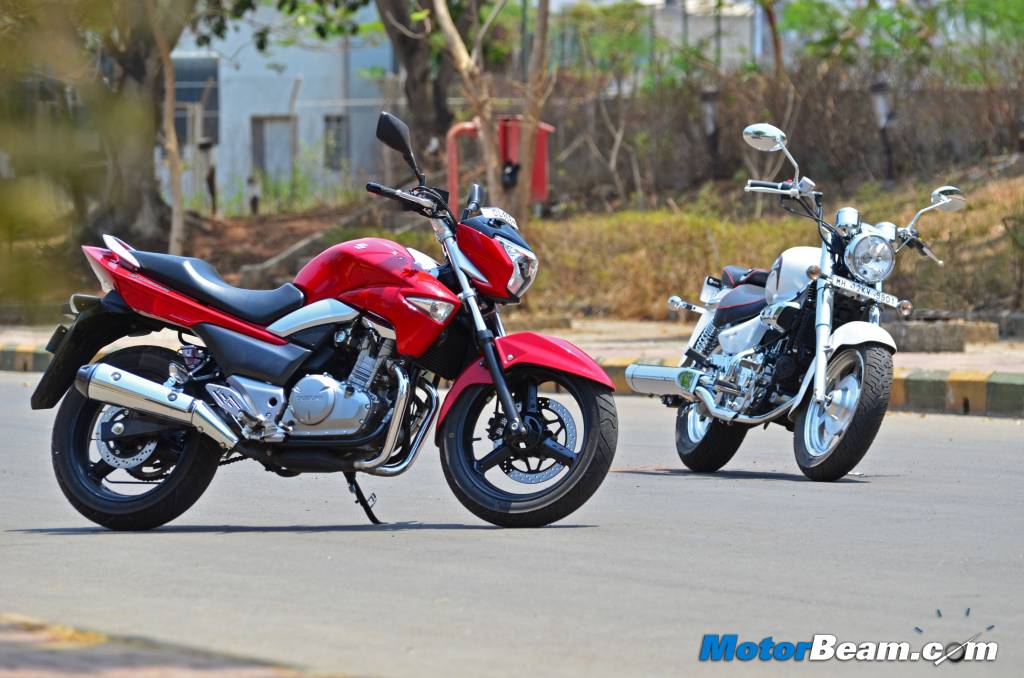
Verdict – It’s quite clear, the Hyosung Aquila 250 is the more appealing machine but the Suzuki Inazuma is the better engineered. Both these bikes come to India via the CKD route and are thus not priced very attractively. It all boils down to what you want. Do you want to turn heads where ever you go while also feeling more commanding on the road? Then the Hyosung Aquila 250 is for you. However for everything else, it’s the Suzuki which comes out on top and comprehensively so. The Inazuma is just the better motorcycle here and you can’t find much fault with it.
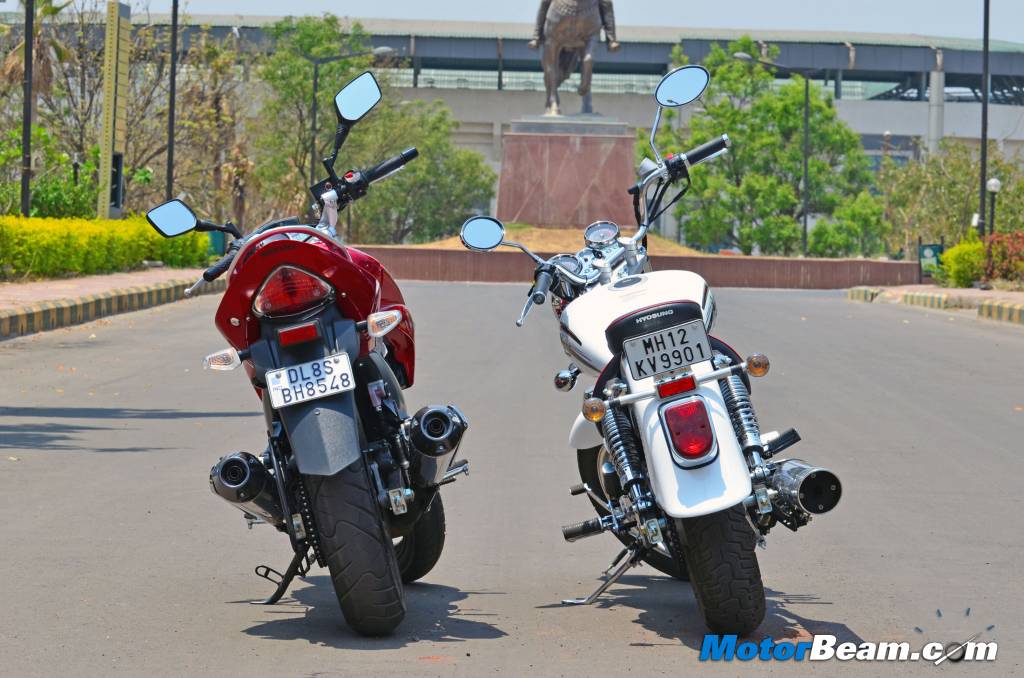
What further accentuates our thumbs up towards the Suzuki Inazuma is its superb engine (although less on power) and fantastic ride quality. This is a bike you can munch miles on without getting tired, it’s just so welcoming for longer distances. Quality, fit-finish and overall feel of the Suzuki Inazuma is also very positive which seals its victory. However if you are spending Rs. 3.46 lakhs, a slight stretch of your budget can get you a motorcycle which can do all that the Suzuki can while also being more appealing, significantly faster and much better handling too.
The Suzuki Inazuma trumps the Hyosung Aquila 250 for being a much better engineered product inside-out and although it lacks the visual drama of the Korean machine, it outdoes it by living up to its mini B-King tag.
Further Reading –
Hyosung Aquila 250 Review
Suzuki Inazuma Review


